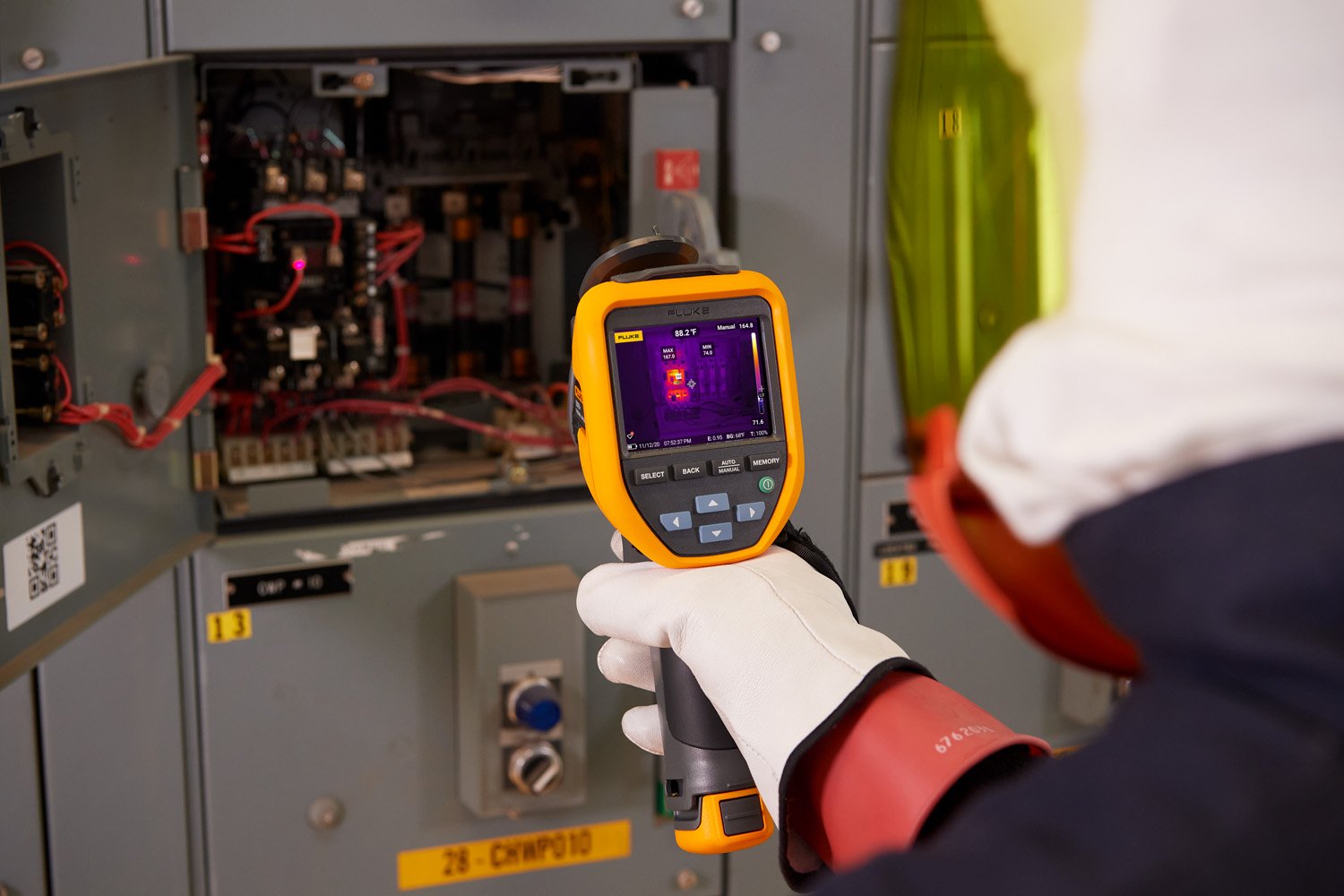Inductive heating, which typically occurs when phase conductors are routed around metal mounting channels, supports, or braces, can cause catastrophic and deadly failures in electrical distribution and control equipment. High demand circuits are especially at risk for inductive hearting since the amount of inductive heating that occurs is directionally proportional to applied load. Performing thermal imaging evaluations regularly can help you to detect and correct inductive heating before it costs lives and dollars.
To perform a thermal imaging evaluation, use a thermal imaging device to survey electrical power distribution and control equipment to detect inductive heating in switchgear, switchboards, panel boards and motor control centers. Begin by scanning the exterior of equipment enclosures prior to removing covers. Take extreme care when removing covers where you suspect inductive heating.

Another common error that can cause inductive heating occurs when an electrician connects to the wrong neutral conductor. The hot (or phase) conductor is in one conduit; the neutral conductor is in another. In this instance, the panel exterior and the conduit can become hot, causing overheating of the conductor insulation and damage to equipment. This wiring error can also cause the neutral conductor to exceed its capacity, creating insulation damage that can cause a fire. In one instance, the neutrals were from different panel boards.
Possible solutions to inductive heating problems include using nonferrous materials or stainless steel in structures close to phase conductors. If steel is used, nonconductive spacers and stainless steel hardware on both ends of the support can help to prevent magnetization and the inductive effect.
Because the inductive heating effect is proportional to the load applied, regular infrared evaluation should be performed to detect a problem as early as possible. Fluke offers a selection of thermal imagers, including the new Fluke TiS Thermal Imaging Scanner for Building Diagnostics.
The National Electrical code addresses inductive heading in Article 408.3 (B) "Overheating and Inductive Effects."